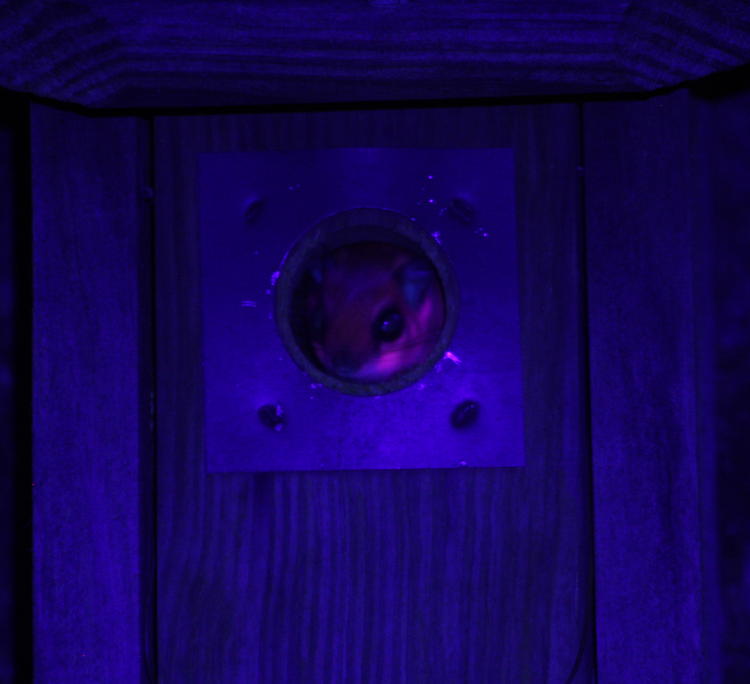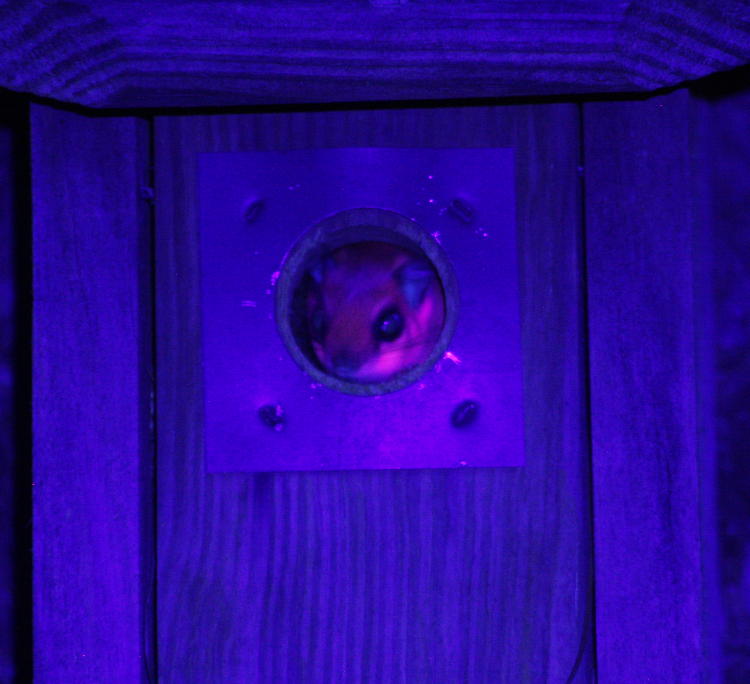Confession time: I started this back in the spring, and attempted to follow through, but timing and conditions did not mesh well. I include it here as a long Storytime post, partially because I already have the last one of the year written, but also just to clear it out of the queue. The previous draft of this post was last saved April 4th of this year, to give you the timeframe. So below, the post as it originally read.
* * * *
This is kind of a diary, of sorts. I heard about something really cool that it seemed possible that I could get images of, and have been wanting to try for a while now. Blogwise, I’d like to wait until I’m actually successful, because I’ve mentioned projects and goals that were “in progress” and too often they simply never came about, leaving this teaser out there (for, you know, all those people who were waiting desperately for it to come to fruition.) So now I typically wait until I actually achieve what I’m after, but this is both misleading (in that it may seem like I never struggle, or that it took no time at all,) and stands the chance of missing out on some details along the way. So, I’m chronicling this kind of as I go, adding as I get more results, and if you’re reading this it means I actually got somewhere. Spoiler alert.
There was a scientific paper published not too long ago that revealed that the fur of southern flying squirrels (Glaucomys volans) fluoresces under ultra-violet light – like, bright pink. There are numerous questions that arise, among them a) how did it take this long to discover this, and b) what possible purpose does this serve? I am not going to answer any of these, but there stands the chance that I can get images of it, because at the time that I heard of it, I was pretty certain I had one of them overwintering in one of our bluebird boxes. Since hearing of this, I determined that two of the bluebird boxes were likely so occupied. I had all winter to plot, because flying squirrels hibernate and would not become active until warmer weather.
The first thing I did was look for a better UV light source. I possessed two at the time that I first heard this finding: one little dedicated flashlight that took three AAA batteries, and my powerful headlamp had a blue light option that also extended into UV range, as I could tell from the items that fluoresced under its beam. So, here I insert a word about fluorescence, which basically means, something that absorbs light and re-emits it, often at a different wavelength. For instance, most highlighting pens are actually UV fluorescent, which is what gives them their slightly unreal glow, and there are a few minerals that are naturally fluorescent, plus plenty of artificial items like high-visibility orange or green vests that road workers wear and so on. UV light is often known as “black” light, bordering on the outside edge of what we can see by eye, usually looking a deep, dim purple, but once it hits a fluorescent object you realize how much light is being put out by how much re-emits in a visible spectrum. And of course, there’s all that CSI stuff about finding bodily fluids and all that, which is true. But, different wavelengths have different effects, and since I had the lights to try and spot scorpions (my original intentions,) I did a little research into this, and found that the best results were obtained at 395 nanometers wavelength; shorter than that had a tendency to spook off the scorpions. Plus I wanted a flashlight that took 18650 rechargeable batteries like the headlamp, because they’re powerful and I had several already. So I ordered a new one.
It arrived during a spell when it got warmer at night, and I took it out for a spin after a few indoor tests. Near one of the bluebird boxes, I tried to turn it on and nothing happened, but I’d tested it earlier and it was fine. I remember disassembling it to see if I could switch the lens, because the beam was not exactly what I wanted, and I suspected that I’d slipped the contacts when I reassembled it so, standing out in the dark yard, I took it apart and put it back together, being rewarded by the eruption of the purple glow before it was even fully rescrewed. Aiming it up at the bluebird box, I was startled by the brilliant, two-tone neon pink face peering suspiciously out at me, which soon withdrew. I can’t emphasize the effect enough – the squirrel looked like a child’s toy, rendered in colors that were in no way natural, and there was a different level of emittance between that brown upper coat and the white undercoat; brown and white in natural light, of course, but middle pink and brilliant pink in UV. It was exhilarating.
But only proof of effect. Photographing this was going to take something else. I knew the light was going to be dim, so a decent exposure would take some time; at least a second, possibly several, and during that time I’d be expecting the squirrel to hold still and give me a sharp image. Yeah, fat chance – they’re shy, but as hyperactive as the average grey squirrel. This might take quite a few tries. In the meantime, fired up by the success of the first test, I wandered around for a little to see what else might pop up under the UV beam, because I’d already discovered before that a few arthropods, and some saps and fungi, fluoresced nicely. So I checked out the yard, and wandered down to the nearby pond.
I can recommend, if you ever want to try this, to ensure that you find a light that’s 395nm or higher, because the effect is noticeably different. Things that were only faintly visible under the blue light of the headlamp showed up much better under the 395 light, and some kinds of fungi were only visible at that wavelength. The Apheloria virginiensis montana centipedes became active in the yard at the first hint of warmer weather, and they show brilliantly under the new flashlight. It remains too early to see any of the spined micrathena spiders yet.
The it turned cold again, then it warmed a little and I took The Girlfriend out to see if the squirrel would peek out for her, which it did, just barely, but enough to demonstrate the lovely color. Then it had gotten ugly NC winter cold yesterday, dropping below freezing overnight; I had to chip the frozen raindrops off of the car this morning, but went out in the afternoon without shoes on as the temperature rose above 20°c – seriously, who’s programming this shit? But it meant the evening was warmer again, and The Girlfriend and I went out again to check on the nest box, being treated to the squirrel’s little face watching us again. She held still so well that I immediately went in and got the camera and tripod.
I boosted ISO to 800, not really sure how this would work for quality but needing the shorter exposure times. I focused manually, very quickly with a visible flashlight, then aimed the UV light at the box and stood ready with the remote release. The flying squirrel within gave me several opportunities and I fired off about a dozen frames, getting a shorter shutter speed than expected – within 1 to 2 seconds, and I could see from the LCD preview that I was getting something. Not wanting to disturb the squirrel too much, I let it be after about two minutes and unloaded the memory card to see what I’d captured.
* * *
And at that point I let the post draft go, even though I had at least one of the images that I intended to use, I never uploaded it. So now (in mid-December) we continue:

Curiously, the image came out a little dark though I had let the camera set its own exposure – this is slightly puzzling. It would seem to mean that the exposure meter can pick up more of the UV light than the sensor itself, which might be true – it’s possible that the sensor has its own ultra-violet filter, and I know it has its own infra-red, something that is removed if the camera body is custom modified to shoot IR. Also curious, the squirrel does not seem as fluoresced as I recall it when viewing directly, the darker fur barely visible above the minimal reflectance of the nest box, so does the sensor have a certain cutoff that is still visible to our eyes, or was it only my imagination? Only a lot of tests or some very specific research will tell for sure. In the meantime, I’ve tweaked the same image for a better view.

Also of note is the focus. I said above I manually focused the camera by (visible) flashlight, but one thing I know from experience is that, when shooting in infra-red at least, the focus ring has to be tweaked manually away from what appears focused to our eyes, because the longer wavelengths of IR light get bent even more by the lens, so it is likely the same for UV, and I should purposefully shorten the focus when attempting this again – by how much, of course, is going to be difficult to determine. Will autofocus work? I have my doubts, because it needs a minimum amount of light, and while it worked for the Canon Pro 90 IS in infra-red, that was also during daylight with the sun as a light source and not a little 3.7v flashlight. And of course, I could always increase my depth by stopping down the aperture, but that will drop the shutter speed too, and that’s not the best of moves with twitchy little squirrels.
The chances of pursuing this further this year are likely gone; even if I have any flying squirrels using the nest boxes right now (I tend not to check a lot to avoid disturbing them,) they’re almost certainly hibernating for the winter and won’t appear again until spring. I know, I know – such a down note when I’m supposed to be making the most of winter, but hey, you can bear with it.



















































